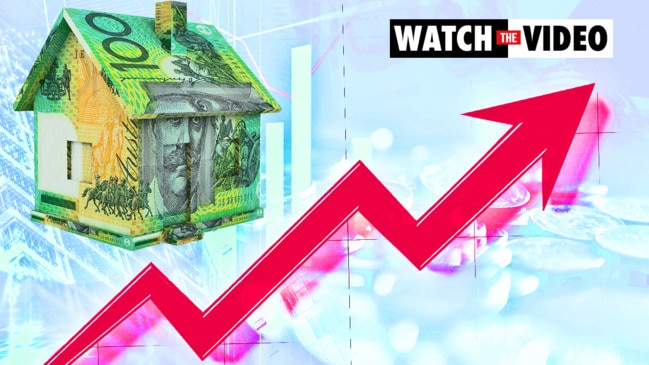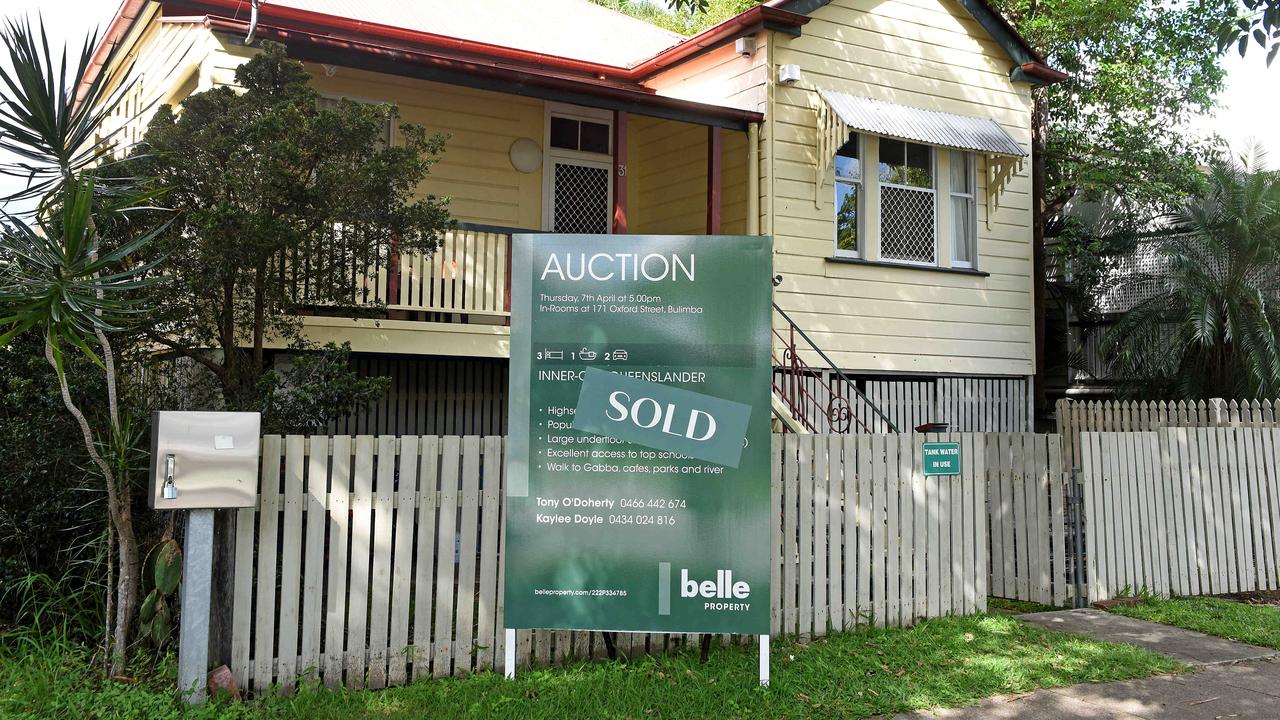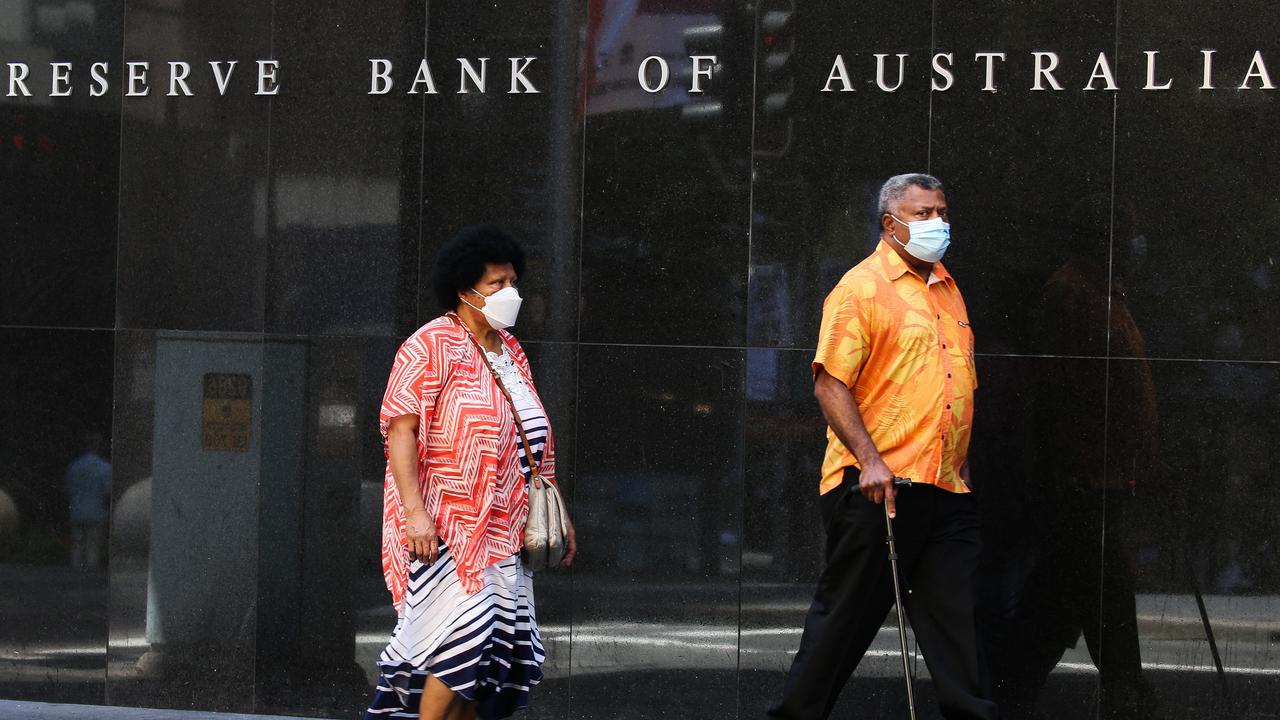When interest rates will drop again after RBA announces record rise
A large cash rate rise took many by surprise, but there could be light at the end of the tunnel for those worried about their rising mortgage repayments.

A larger-than-expected cash rate rise this week took many by surprise, but there could be light at the end of the tunnel for those worried about their rising mortgage repayments.
The Commonwealth Bank (CBA) today has released a report that predicts what the economy will look like and what the RBA will do to tackle inflation over the coming years.
The bank’s experts say that “talk of a recession is premature”.
“Economic booms cannot run indefinitely,” they said. “But not all booms are followed by busts. Our expectation is that Australia’s current economic boom has a little further to run and the labour market will remain tight so we don’t foresee a bust.
“But growth momentum is anticipated to slow materially by late 2022 due to a swift and aggressive RBA tightening cycle.”
Australians got a taste of this “aggressive tightening” this week when the RBA hiked rates by 0.5 per cent.
At 0.85 per cent, the official cash rate on Tuesday was lifted to its highest level since September 2019 and marked the first back-to-back rate rise in 12 years. Prior to the announcement, experts believed the rise would be closer to 25 or 40 basis points.
How can inflation cause rising interest rates? Read Compare Money's guide >


Because of the larger than expected rise, experts at CBA have adjusted their forecast for what’s to come.
“We now expect a further 50bp rate hike in July followed by 25bp hikes in August, September and November that will see the cash rate target at 2.10 per cent by the end of the 2022,” they said. “The risk is a higher year end cash rate of 2.35 per cent which could occur with a hike of 50bp in August.”
However, they said that they do not expect any further rate hikes in 2023. In fact they believe that rates will be slashed in the second half of 2023.
They say this because they predict a sharp rise in interest rates will cause the economy to slow down.
“Our expectation is that economic momentum will slow significantly under the weight of a contractionary monetary policy setting in 2023,” they said.
“As such we expect to see policy easing on the agenda in H2 (the second half of the year) 2023. We have pencilled in 50bps of rate cuts in H2 2023.”
The bank appeared to be critical of aggressive rate rises – calling them a “very blunt tool” to address some of the supply side issues in the domestic and global economies right now that are contributing to higher inflation.

“Higher rates will not put downward pressure on the local price of electricity, gas, oil or food,” it said.
“These items are non-discretionary and their price rises hit all households, particularly those at the lower end of the income spectrum.
“This does not mean that rates shouldn’t be normalised as the labour market is tight and wages growth will rise.
“But the bigger medium term picture is absolutely paramount and there are other levers that can and should be pulled by policymakers to address some of the supply side issues, particularly around gas and electricity in Australia.”






